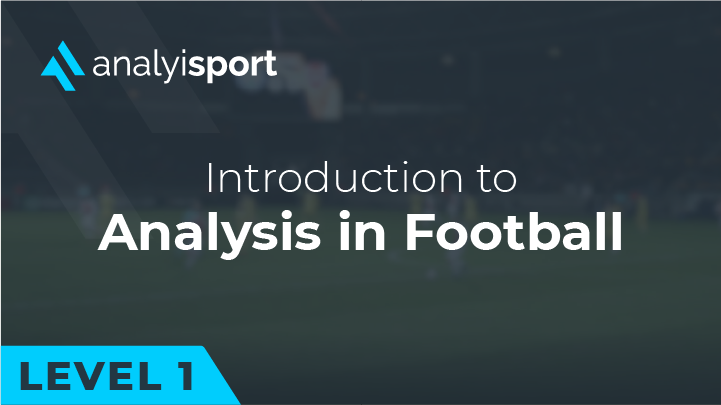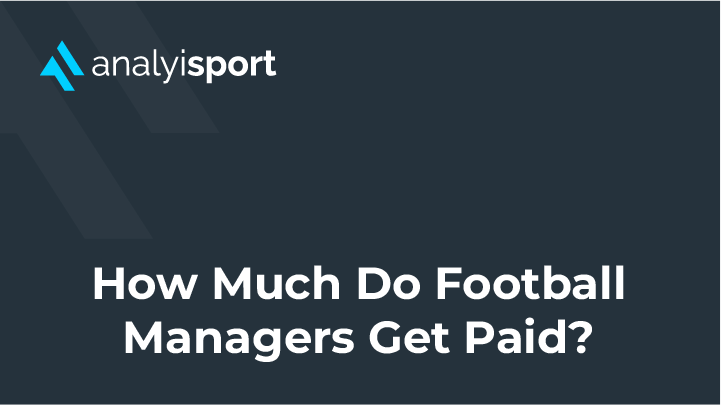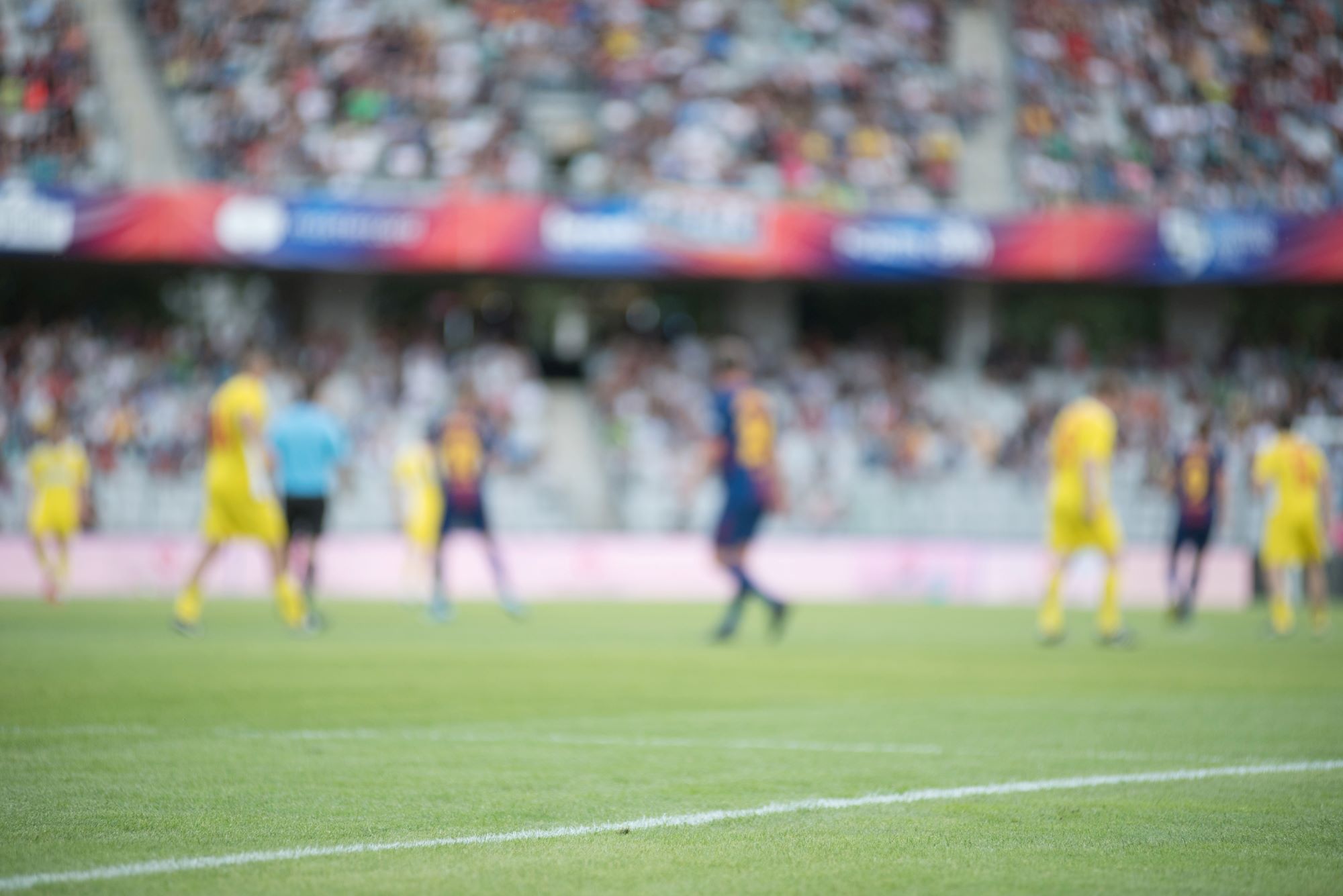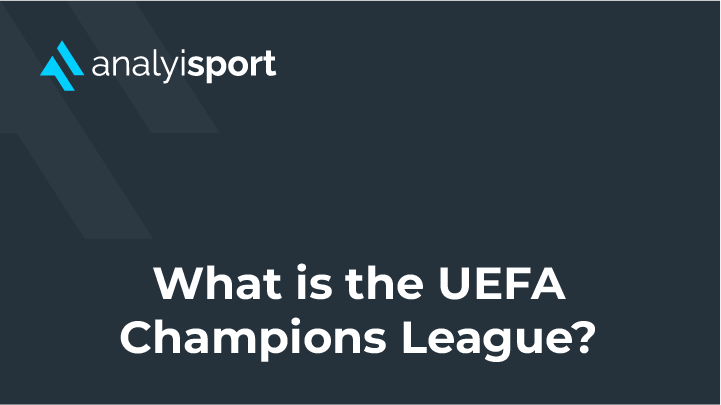What is VAR (Video Assistant Referee)?
What does VAR mean?
VAR is an acronym that stands for Video Assistant Referee. The officiating team at professional football matches usually consists of a referee, two assistant referees, a fourth official and, nowadays, a Video Assistant Referee (VAR) too. Video Assistant Referees are in place to aid refereeing decisions in real time using video footage.
Whilst a match is being played, the VAR team follows the action from a remote location away from the pitch, known as the video operation room. This room consists of several screens broadcasting the match from different angles.
The concept is that the VAR, supported by at least one Assistant Video Assistant Referee (AVAR), will alert the on-field refereeing team to any mistakes they have made through an earpiece, so that the referees can correct their errors. In theory, this will help eradicate match-deciding refereeing mistakes in professional football.
When was VAR created?
The invention of VAR in football has been accredited to the Royal Netherlands Football Association (KNVB) and their ‘Refereeing 2.0’ project, launched in 2013. The first experiments using video referees during matches took place in The Netherlands that year.
Prior to the launch of the Refereeing 2.0 project, the KNVB had been in discussions with Hawk-eye Innovations, owned by Sony, about the provision of VAR technology for a number of years. The same company that provides video assistance in professional tennis and many other sports now holds the rights to VAR technology in football.
The International Football Association Board (IFAB), who determine the game’s laws, agreed to trial VAR in the sport in 2016, following requests from the KNVB. After successful implementation in friendly matches, the technology was used in a competitive fixture for the first time in September 2016 during a Dutch cup game.
When did VAR start being used in professional leagues?
In 2017, the Italian, German and other professional leagues across the world began adopting the new technology. The following Spring, when the trial period had concluded, IFAB approved the use of VAR in all competitions going forward. As of 2023, VAR is used in 61 countries and some of the world’s biggest leagues, including the English Premier League, Spain’s La Liga and the Brazilian Série A. It’s even being implemented in countries like Vietnam and Oman, where professional football is still developing.
When was VAR first used in the FIFA World Cup?
The 2018 World Cup in Russia was the first tournament to be played entirely with the aid of video assistants, with Hawk-eye’s technology installed in all of the stadiums used. The technology is now used in FIFA tournaments and was used in the most recent World Cup in Qatar and the World Club Championship in Morocco.
How is VAR used in matches?
As a game unfolds on the pitch, the VAR team watches along closely using footage provided by the many cameras around the stadium. When they deem a refereeing decision to be dubious, they use video technology to watch the action back from multiple angles.
However, in the interests of allowing the game to flow, the VAR team only focuses on refereeing decisions that are likely to have an obvious impact on the result of the match. This means that footage is only reviewed when there is a goal, a penalty, a straight red card or a mistaken identity.
If evidence is found to suggest that a mistake has been made, or that the on-field referee has missed something, the VAR will alert the referee immediately. At this point, the game is stopped at the next convenient opportunity.
When there is an objective infringement such as an offside or the ball going out of play, incorrect decisions are overturned immediately. In this instance, the referee acts on the information fed to them by the VAR and the game is restarted.
If, however, there is a subjective decision to be made, the referee may be asked to conduct an on-field review. With the game still paused, the referee watches the incident back on a screen at the side of the pitch which shows the incident from several angles.
The area where an on-field review takes place is known as the referee review area. Whilst it is in use, the VAR continues to communicate with the on-field referee. Once a decision is made, the referee restarts the match accordingly.
Ultimately, the rules state that the on-field referee has the final say and therefore has the power to ignore the VAR’s advice if they wish. Usually, though, when a referee visits the referee review area, they agree with the VAR’s advice and overturn their original decision.
How does VAR affect the way the game is played?
With some officiating decisions now being made retrospectively, the rhythm of professional football matches has changed since VAR has been introduced.
Since the clock is never stopped during a football match, the time spent reviewing incidents either in the referee review area or in the video operation room has to be added at the end of a match as extra time. Naturally, this means games using VAR are taking longer to be played.
There are also more goals being scored, but many of them aren’t counted. This is because referees and assistant referees are now instructed to allow attacking scenarios to be played out when they suspect there has been an infringement, but aren’t certain. If the play ends up with a goal, the VAR can then watch the action back and confirm whether there was a foul, handball or offside in the build-up.
This strive for perfect decision making is affecting the fan experience. Goals are often celebrated twice now – once when the ball enters the net and again when the VAR check confirms that the goal will stand. But many fans claim that this detracts from the joy of celebrating when their team scores.
Although VAR causes divide among football fans, and has many still to win over, it appears to be here to stay. The potential for improvement that the technology has is clear, and as decision making using VAR becomes more efficient in the years to come, perhaps the football community will come to a more of a consensus on its use.
Related Courses:
Share this article
Our Learning Pathways
AnalyiSport is for everyone who is passionate about analysis in football. Where are you in your development journey?
Become a Football Scout
As more clubs than ever look to build data into their recruitment process, an understanding of recruitment analysis is your ticket to success in the game.
Related Articles
Our team provides news and insights from the cutting edge of football analysis.







